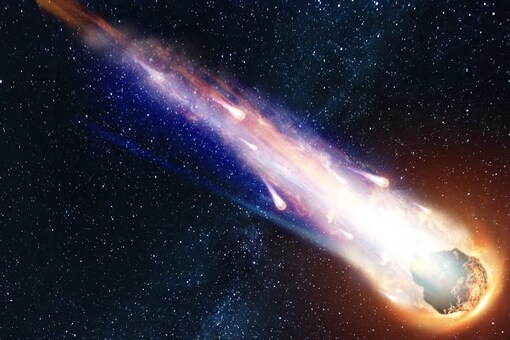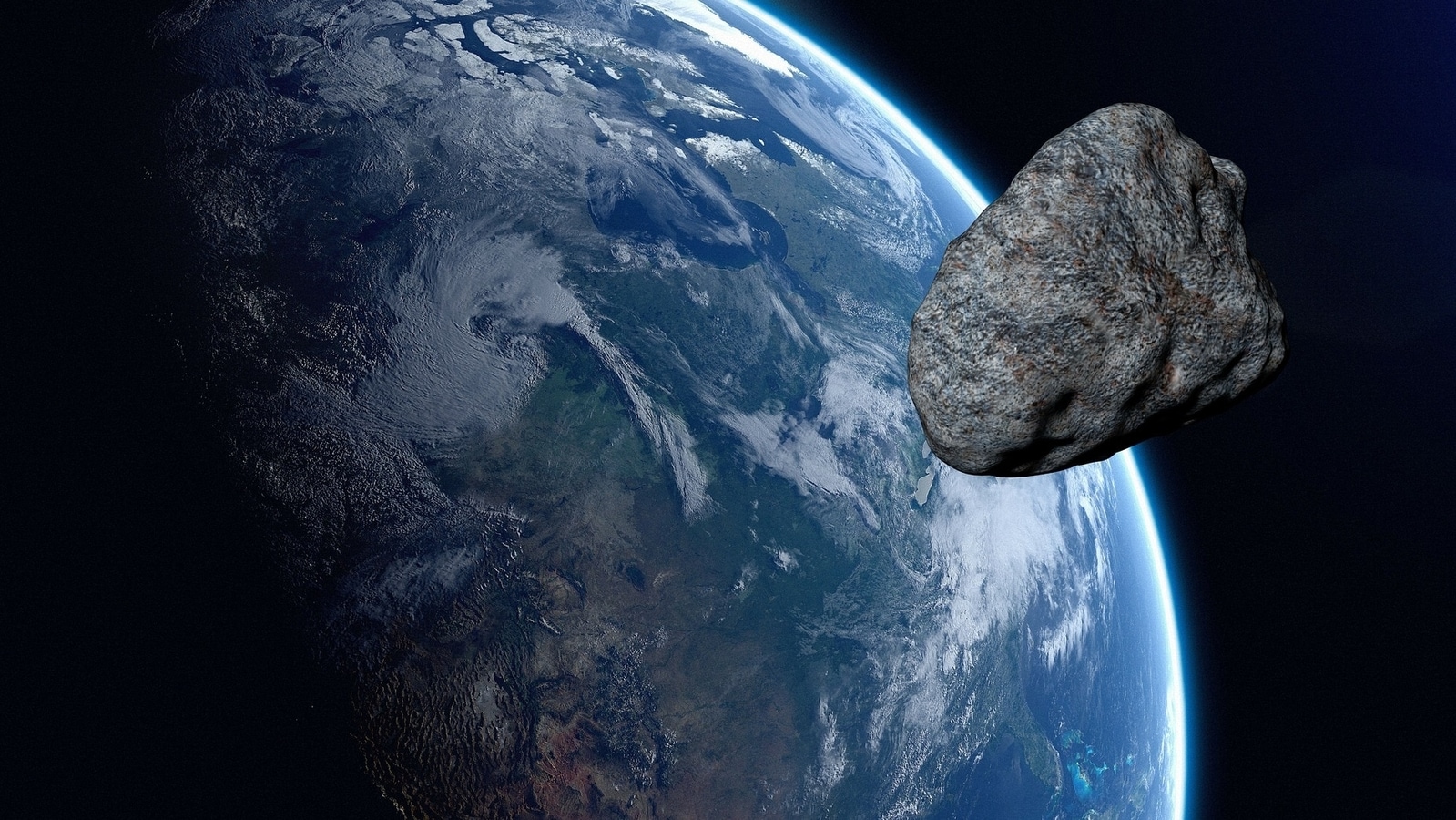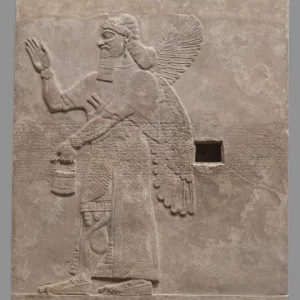
An artist’s impression of a near-Earth asteroid. (Image credit: Science Photo Library – ANDRZEJ WOJCICKI via Getty Images)
Our solar system is home to millions of renegade space rocks, and this week three particularly large ones will blaze past Earth. But don’t worry – the closest one will still miss our planet by a comfy 2.2 million miles (3.5 million kilometers), or about 10 times the average distance between Earth and the moon, according to NASA.

On Monday (Feb. 27), an asteroid named 2012 DK31 will sail past our planet at a distance of about 3 million miles (4.8 million km). The asteroid measures an estimated 450 feet (137 meters) across, or about as wide as a 40-story skyscraper is tall, and its orbit around the sun crosses Earth’s orbit every few years.
Although the space rock poses no imminent threat to Earth, NASA classifies it as a potentially hazardous asteroid (PHA) – meaning the rock is large enough and orbits close enough to Earth that it could cause serious damage if its trajectory changed and a collision occurred. Generally, any asteroid measuring greater than 450 feet wide and orbiting within 4.6 million miles (7.5 million km) of Earth is considered a PHA. (NASA has mapped this asteroid’s trajectory for the next 200 years, and no collisions are predicted to occur).
Related: Could an asteroid destroy Earth?
On Tuesday (Feb. 28) a second skyscraper-sized PHA, also measuring roughly 450 feet across, will cross our planet’s orbit at a distance of about 2.2 million miles (3.5 million km). Known as 2006 BE55, this chunky space rock’s orbit crosses Earth’s orbit every four or five years.
Finally, on Friday (March 3), an asteroid measuring roughly 250 feet (76 m) across will fly by at a distance of 3.3 million miles (5.3 million km). The rock, named 2021 QW, isn’t quite wide enough to qualify as a PHA, but still makes a relatively close approach to Earth every few years.

Why do scientists pay such close attention to space rocks that will miss our planet by millions of miles? Because even slight changes to an asteroid’s trajectory – say, from being nudged by another asteroid or influenced by the gravity of a planet – could send nearby objects like these on a direct collision course with Earth.
Fortunately, NASA’s calculations show that no known asteroids are currently on a path to hit Earth any time for at least 100 years. Should a large asteroid one day pose a direct threat to our planet, astronomers are already working on methods to thwart it. That was the motivation behind NASA’s recent Double Asteroid Redirection Test (DART) mission, which intentionally smashed a rocket into an asteroid to alter its orbital speed. The mission did not destroy its target outright, but did prove that head-on rocket attacks are capable of changing a space rock’s orbital parameters in significant ways.

Meteorite From a 4.5 Billion Year Old Asteroid Holds 2,600 Compounds
Analysis of a space rock that landed on a frozen Michigan lake revealed a rich array of extraterrestrial organic compounds. Learn how the meteorite might have been incorporated into life on Earth. – Videos • Explainers • Science News SUBSCRIBE to the Live Science YouTube channel → http://www.shorturl.at/fzCV5 Twitter→ https://twitter.com/LiveScience Facebook→ https://www.facebook.com/livescience Instagram→ https://www.instagram.com/live_science/
0 seconds of 2 minutes, 7 secondsVolume 0%
Brandon is the space/physics editor at Live Science. His writing has appeared in The Washington Post, Reader’s Digest, CBS.com, the Richard Dawkins Foundation website and other outlets. He holds a bachelor’s degree in creative writing from the University of Arizona, with minors in journalism and media arts. He enjoys writing most about space, geoscience and the mysteries of the universe.





